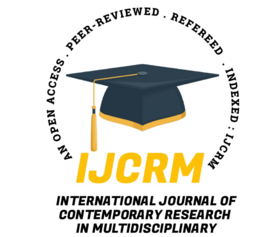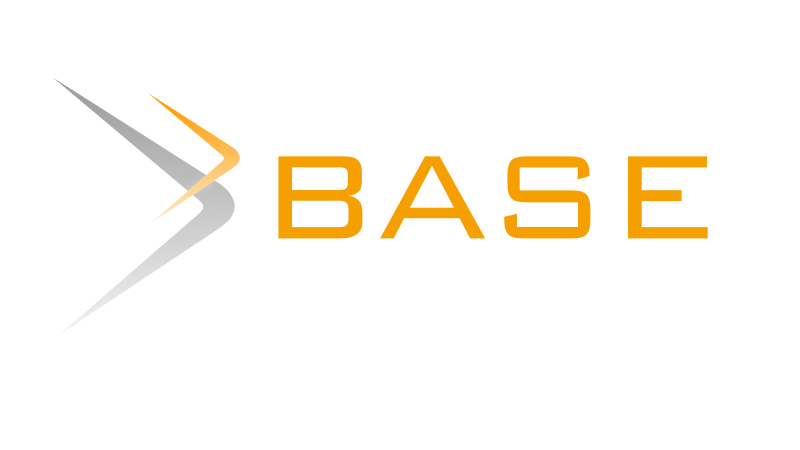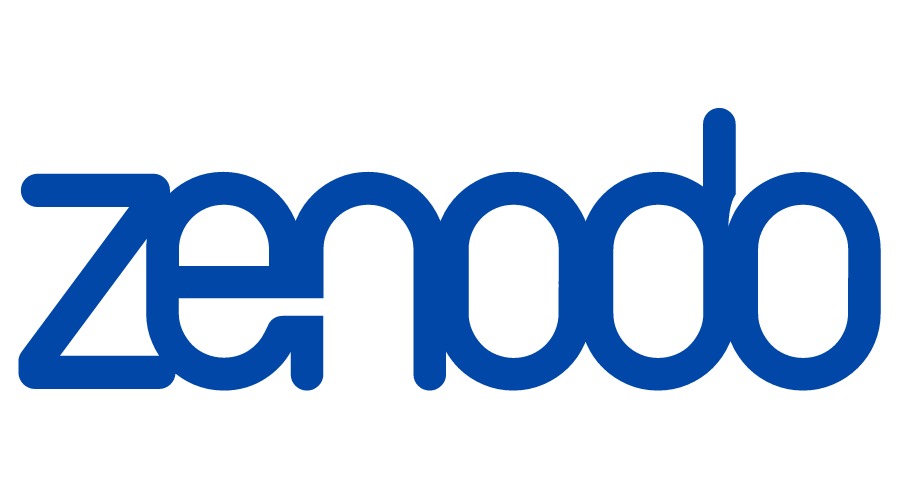International Journal of Contemporary Research In Multidisciplinary, 2025;4(3):519-522
The New Era of IoT in Education: Advantages, Opportunities, Challenges, and Future Directions
Author Name: Dr. Rahul Kumar; Abhishek Dixit; Priyanka Mishra;
Paper Type: review paper
Article Information
Abstract:
The integration of the Internet of Things (IoT) is reshaping the educational landscape by linking devices, data, and users into smarter, more adaptive learning ecosystems. This study examines the role of IoT in enhancing instructional methods, supporting institutional management, and promoting inclusive learning. It discusses the Advantages such as personalized learning experiences, real-time monitoring, and operational efficiency. The Opportunities IoT presents include fostering digital competence, enabling blended learning, and advancing educational research. However, several Challenges persist, including infrastructure costs, data privacy concerns, and unequal access across regions. In exploring Future Directions, the study emphasizes the importance of teacher preparedness, ethical data use, and inclusive technology development. The conclusion affirms that with strategic planning and equitable implementation, IoT holds the potential to transform education into a more connected, accessible, and future-ready system.
Keywords:
Internet of Things, Education, Advantages, Opportunities, Challenges, Future Directions
How to Cite this Article:
Dr. Rahul Kumar,Abhishek Dixit,Priyanka Mishra. The New Era of IoT in Education: Advantages, Opportunities, Challenges, and Future Directions. International Journal of Contemporary Research in Multidisciplinary. 2025: 4(3):519-522
Download PDF





